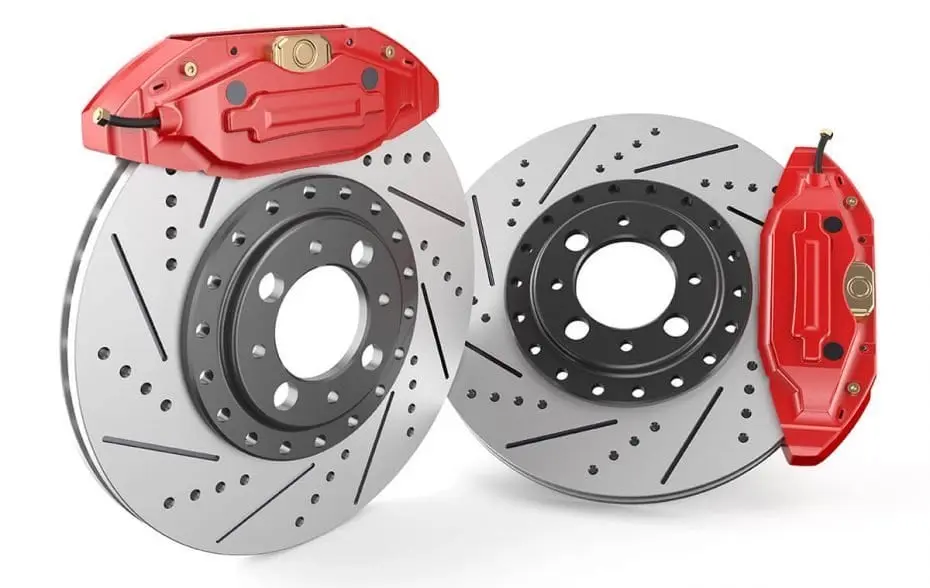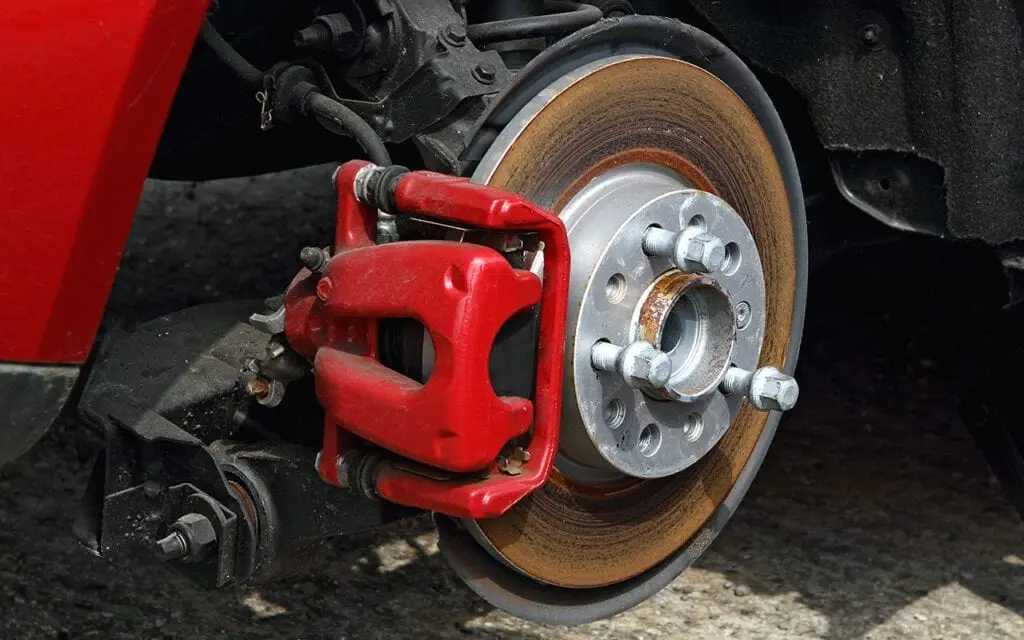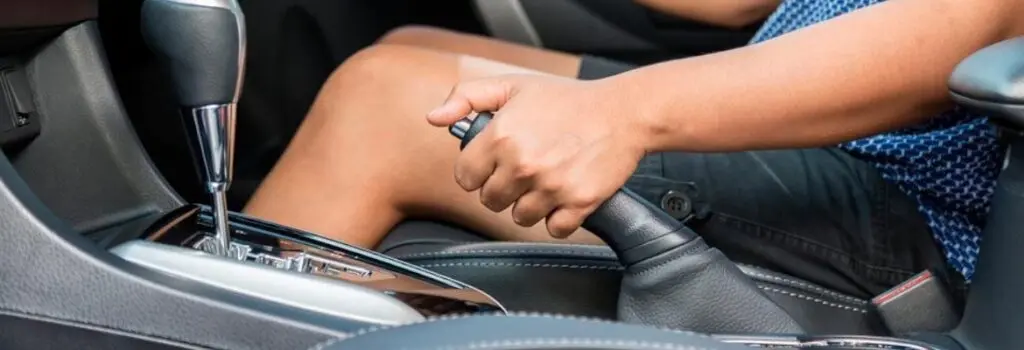
How to use the brakes in wet weather?
Have you ever experienced the stress of a braking system not doing its job in wet weather, which made you have to press harder on the pedal? This is due to the fact that a thin water film forms on the brake discs. Its action is the same as in hydroplaning - the pads must remove it. Only then do they get full contact with the disc and return to normal.
Brake disc feature
A similar problem almost never occurs with perforated discs or with groove modifications. With their help, brake dust and water are removed, and metal is also cooled.

The pads have direct contact with the disc, and drivers of cars with such braking systems say that such systems are very sensitive and sometimes “bites” the pads.
There is also the concept of “hard” brakes. Often the problem arises from the prolonged use of the parking brake. When the car stays on the handbrake for a long time in cold water, the drums and discs may be subject to corrosion. Rusty plaque is eliminated by lightly pressing the brakes during slow motion.

The brake pads also include metal particles that can form rust when exposed to moisture for prolonged periods. For these reasons, if a car is parked on wet roads, two elements of the brake system may “stick” to each other due to corrosion.
How to remove rust and moisture from discs?
To safely and quickly remove moisture and deposits of rust from a metal surface, you can use a simple method. It is enough to not apply the brake strongly while driving. In no case should you press the pedal to the end, otherwise they will heat up.
If possible, try not to use the parking brake out of the blue, but leave the car at speed. If the car is parked downhill, then it is imperative to use a handbrake.

Over time, brake pads can be damaged faster than usual. This is due to the fact that dirt from a puddle gets between the disk and the block, which acts as an abrasive if it is not removed. A constant rattle and squeak when you press the brake pedal is a signal to visit a service station.
One recommendation, valid not only for cold days, is the development of new pads. After replacing, avoid strong or impact braking for the first 300 kilometers.

In the process of development, continuous heating without thermal shock and adjustment of the friction surface of the disk and pads are achieved. Gently pressing the pedal, the new pads are in better contact with the surface of the disc, which increases comfort and safety when braking.
